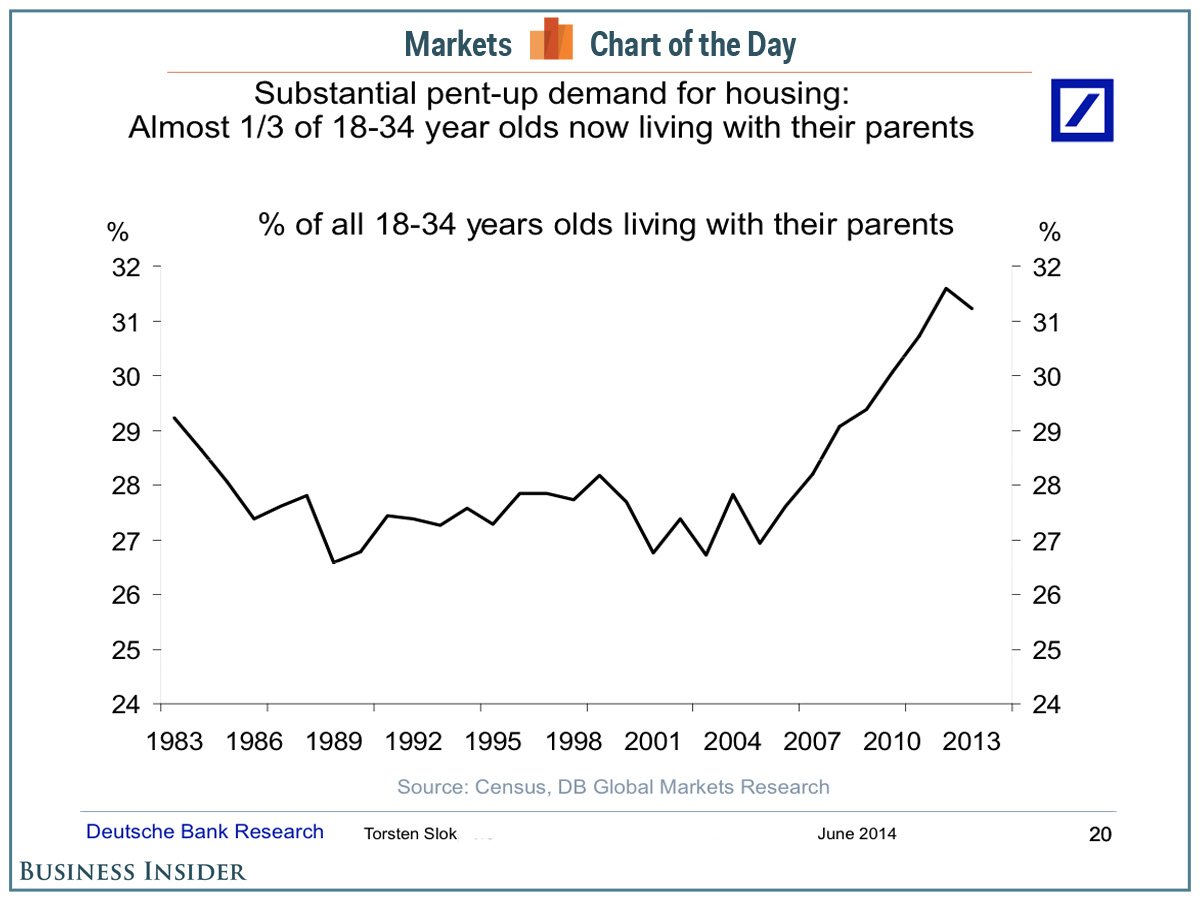WEBINAR: HR Moneyball: How to get started with Big Data for HR
You have heard the hype: Big Data is taking over the business world, and HR’s going to be expected to make decisions—not through feelings, relationships or gut instinct—but via numbers. The problem is… your HRIS, ATS and Performance Solutions are all different systems and weren’t built with the big-data revolution in mind. In short, you feel less than ready for workforce analytics—you’re just trying to get the basic reports generated.
We feel your pain, people. That’s why I am glad to participate in the June installment of the Fistful of Talent FREE webinar series with a jam titled, HR Moneyball: The FOT Bootstrapper Guide To Getting Started With Big Data. Join Kris Dunn and I for this webinar on Thursday, June 26 at 2pm EST(sponsored by ThoughtSpot, a cool business intelligence startup), and we’ll share the following goodies with you:
- A brief review of where HR stands with Business Intelligence (BI)/Big Data. We’ll cover some of the trends, what the bleeding edge is doing, the 3 types of data sources available to HR shops and what the CEOs and business leaders you support are asking for related to data and BI out of the HR Function. We’ll also talk about what your options are when HR is the last priority for an over-burdened IT function.
- Why HR pros need to shift/lean forward. It’s not what happened, it’s what going to happen. Getting your head around business intelligence and data means you have to shift your focus from reporting the past and move to predictive analytics. We’ll give you examples of great reporting decks from the HR Hall of Fame and tell you how they have to change to meet the call from predictive analytics out of your HR shop.
- The Five Best HR Plays for Business Intelligence (BI) and Big Data. Since we’re all about helping you win, we wouldn’t do this webinar without giving you some great ideas for where to start with a data play out of your shop. You’re going to stop reporting turnover and start predicting it. You’re going to stop reporting time to fill and start showing which hiring managers are great at—you guessed it—hiring. We’ll give you five great ideas and show you how to get started piecing the story together.
- A primer on what’s next once you start channeling Nostradamus. Since you specialize in people, you naturally understand the move to using Business Intelligence (BI)/Big Data that helps you predict the future is only half the battle—you have to have a plan once the predictions are made. We’ll help you understand the natural applications for using your business-intelligence data as both a hammer and a hug—to get people who need to change moving, and to embrace those that truly want your help as a partner.
You’re a quality HR pro who knows how to get things done. Join KD and I on Thursday, June 26 at 2pm EST for HR Moneyball: The FOT Bootstrapper Guide To Getting Started With Big Data and we’ll help you understand how to deploy Moneyball principles in HR that allow you to use predictive Big Data to position yourself as the expert you are.
Hope you can join us on June 26 at 2PM EST.

 Steve
Steve



